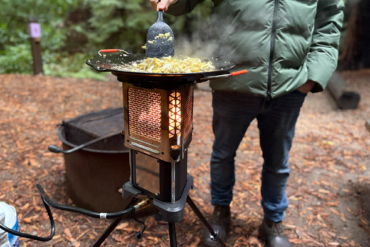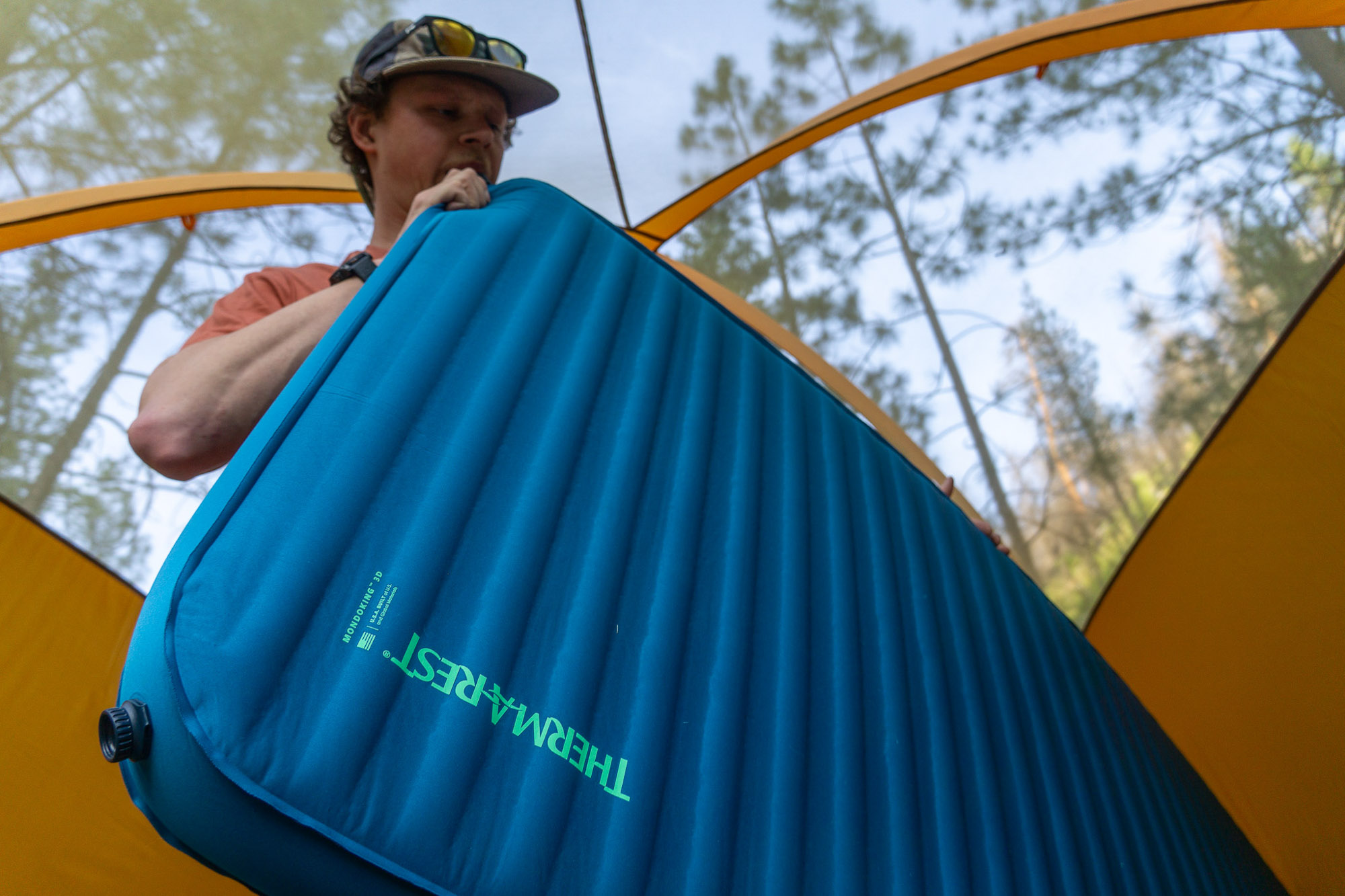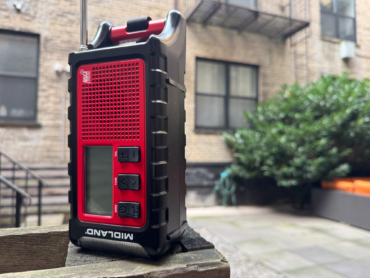The Gear Junkie Scoop: Nemo’s Bamboo Tent Poles
By STEPHEN REGENOLD
In the muggy tropics from Indonesian to Vietnam, sprouting like grass on the prairie then seeking the sun, bamboo is the fastest-growing woody plant on the planet. It is a perennial evergreen of the Poaceae family, a closer relative to Kentucky bluegrass than an oak tree, its cells multiplying with water and sunlight in a fit of photosynthesis to perpetuate shoots that might grow three feet in a single day.
In much of the world bamboo is an essential commodity, employed in everything from bridge construction to chopsticks. It is locally available and renewable, and it’s touted as an environmental panacea in the West where its fibers are woven into T-shirts and its glossy boards cut to lay polished kitchen floors.
So why not tent poles?
Indeed, NEMO Equipment Inc. of Nashua, N.H., in a “quest for innovation and environmentally conscious design,” as stated in press material, recently unveiled plans to manufacture thin bamboo tent poles for a pair of its lightweight tent models beginning in late 2009.

They look like chopsticks, but Nemo’s thin bamboo tent poles are made to endure the same stresses as their aluminum and carbon-fiber cousins.
The plan is to bank on a bamboo variety called Tonkin cane, which is sometimes dubbed “steel bamboo” for its dense fibers and long sections between nodes. Working with an Alaskan fly rod maker, NEMO’s prototype poles — which I handled and flexed at a recent press meeting — click together like any typical tent pole and whisk into nylon sleeves to support a shelter that might be put to endure hurricane-force winds.
But initial tests at NEMO (www.nemoequipment.com) give bamboo a green light for its strength and performance under pressure. “The benefits of bamboo are that it is lightweight, flexible and highly elastic,” wrote Kate Ketschek, the company’s director of marketing, in an email interview. “Fishermen have been using bamboo for its strength and flexibility for over 100 years and NEMO believes that these benefits will correlate with the essential properties of tent poles.”
The prototype poles I handled, which were made for the company’s two-person Nano OZ, weighed just over 6 ounces apiece at 145 inches long. This is about an ounce less than the company’s comparable aluminum poles.
But the bigger advantage, Ketschek noted, comes when you look at the environmental picture. “The idea for bamboo came out of talking about how aluminum is the most environmentally-costly part of our tents,” she wrote.

Nemo will employ a bamboo variety called Tonkin cane — sometimes dubbed “steel bamboo.”
Ketschek cites several eco-advantages to bamboo over aluminum, including its fast-growing nature and renewability; the availability of local product near Asian manufacturing plants; the fiber’s biodegradability; and bamboo’s natural carbon-balancing properties when growing in a field. Aluminum, in contrast, Ketschek notes, requires “huge amounts of energy to dig up and process into a high-grade alloy.”
NEMO plans to use eco-friendly glues with negligible toxic chemicals and processes in the building of its bamboo poles. And economically, Ketschek said, bamboo is a less expensive resource than aluminum or carbon fiber.
Over the next year NEMO will be testing its prototype poles and working out production processes with a leading tent pole manufacturer. Expected availability to campers and backpackers hoping to hop on the bamboo train will be end of 2009.
—Stephen Regenold writes the weekly Gear Junkie Scoop for Outsidemag.com and TheGearJunkie.com.






